Step by Step Guide for Umrah
Prepared by Mohamed Baianonie, Imam at the Islamic Center of Raleigh
Al-Ihraam (Clothing)
Ihraam is mandatory (waajib) clothing to be worn during Umrah. The requirements for men and women are different. Men must take off their regular clothes and put on the two unstitched pieces of clothes (Ezaar and Redaa). Additionally, men cannot wear shoes that cover the top of their feet. Women can wear any loose-fitting, decent dress which covers the entire body except face and hands.
During the state of Ihraam, the additional requirements have to be followed by both men and women. You cannot trim or shave hair, clip nails, use perfumes or colognes, kill or hunt animals, have sexual intercourse with your spouse, enter marriage proposals or contracts.
It is recommended that before ihraam, one takes a shower (performs ghusl) with the intention to purify your self and to be ready for Umrah. Only men can perfume (fragrance) his body (not his ihraam garments). However after you have entered a state of ihraam, men are not allowed to use any cologne/perfume or fragranced items (including soaps, deodorants, etc.) on their body or garments.
Women should not use perfumes (or fragrances) at all.
An-Niyyah (Intention)
This is the intention to make Umrah. It has to be made at the place of Miqaat before entering the jurisdiction of the Haram.
Upon making the intention (niyyah) for umrah, one should say:
“LABBAYAKA ALLAAHUMMA UMRAH”
Which means: “O Allah I answered your call to perform Umrah.”
It is recommended to repeat the well-known dhikr of ihraam, called Talbeyah, as frequently as possible from the time of ihraam (after making niyyah at Miqaat). This should be said loudly be the men, and softly by the women.
This Talbeyah is the following:
“LABBAYKA ALLAAHUMMA LABBAYK. LABBAYKA LAA SHAREEKA LAKA LABBAYK. INNALHAMDA WAN-N’IMATA LAKA WALMULK. LAA SHAREEKA LAK.””
which means: “Here I am at your service. O my Lord, Here I am. No partner you have. Here I am. Truly, the praise and the provisions are yours, and so is the dominion. No partner do you have.”
Tawaaf around the Ka’bah
When you reach Makkah, you should make Tawaaf around the Ka’bah (while having wudu). This is done by circling the Ka’bah seven times in the counterclockwise direction, starting from the black stone (raising the hand towards it) with Takbeer (“Allahu Akbar”) and ending each circle at the black stone (raising the hand towards it) with Takbeer, keeping the Ka’bah to one’s left. This is called Tawaaf al-Umrah.
And this Tawaaf is pillar of Umrah.
From Sunnah acts for the men only during the Tawaaf
- Putting the ends of the upper loose garment (redaa) under the right armpit, exposing the right shoulder (idtibaa). Once the seven rounds of tawaaf are completed, return the upper garment (redaa) to the previous position.
- Walking quickly (ramal) during the first three rounds of the first Tawaaf around the Ka’bah. For the final four rounds of Tawaaf, walk normally.
It is not necessary to kiss the black stone. If one cannot easily do so, one is encouraged to touch it with their hand, and if they cannot do that, one can simply raise their hand towards it.
If salaah time comes before you finish your Tawaaf, simply line up for salaah. Upon finishing your salaah, immediately resume your Tawaaf until you are finished with your seven circles.
Praying Two Rak’ah behind Maqaamu Ibraheem:
After finishing Tawaaf, one then goes to Maqaamu Ibraaheem (Ibrahim’s station), and performs two Rak’ah behind it, (close to it if possible), but away from the path of the people making Tawaaf. In all cases one should be facing the Ka’bah when praying behind Maqaamu Ibraaheem. After the prayer, it is a Sunnah to drink from water of Zamzam, and (it is recommended to) make any du’aa you would like to offer.
Sa’i between Safaa and Marwah:
After praying two rak’ah behind Maqaamu Ibraaheem, the next rite is to make Sa’i between Safaa and Marwah. You start Sa’i by ascending the Safaa. While facing the direction of the Ka’bah he praises Allah, raises his hands and says “Allah-u-Akbar” three times, then makes supplication to Allah. Then you descend from the Safaa and head towards Marwah.
One should increase the pace between the clearly marked (and illuminated) green posts, but should walk at a normal pace before and after them (for the men only).
When you reach the Marwah, you should ascend it, praise Allah and do as he did at the Safaa. This is considered one round and so is the other way from the Marwah to the Safaa. A total of seven rounds are required to perform the Sa’i. And this Sa’i is pillar of Umrah.
Trimming or shaving the hair:
It is mandatory (waajib) for men to trim or shave their hair, and for women to trim only a fingertip-length of their hair after completing all of the above rituals of Umrah. After this you can wear regular clothes and engage in all actions that were prohibited during the Ihraam. This completes and concludes your Umrah. You can now (and are encouraged to) continue to engage in various forms of ibaadah at the ka’abah including, but not limited to: duaa, salaah, dhikr, Qur’an, and extra tawaaf (in sets of seven, while having wudu’u).


